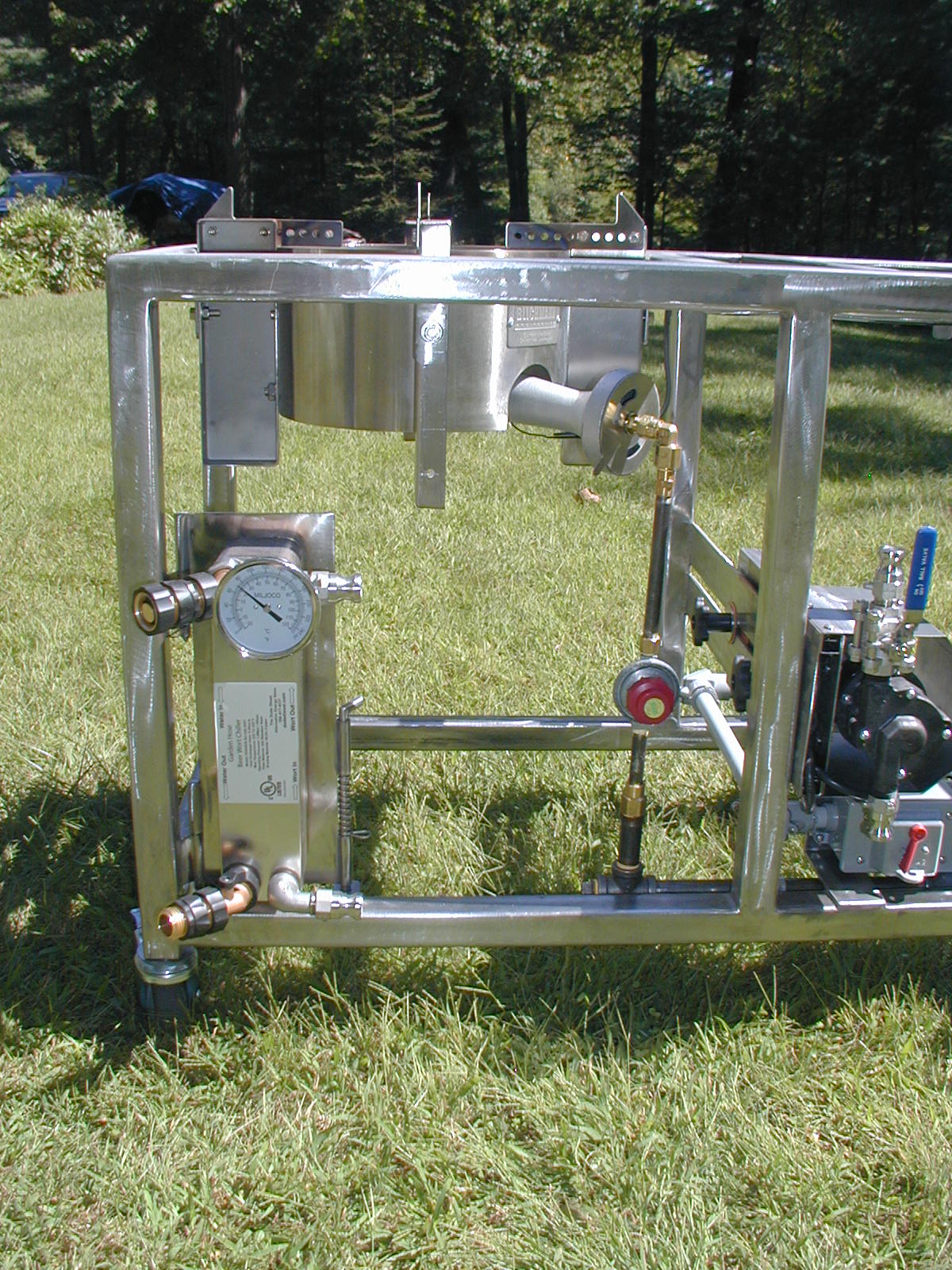I set up and used my plate chiller for the first time, but I need some more practice with it. I set it up to make one pass through the chiller and then drain directly into the fermenter. Unfortunately, with 75F tap water, the best I could do was cool it to 90F. Because the wort was already in the fermenter, I left it there and hooked the fermenter up to the Cool Zone jacket. By morning it was ready to pitch at 70F.
Is it common practice to recirculate through the chiller and back into the boil kettle until the temp gets down to pitching temp, and then drain from the kettle into the fermenter? (I did recirculate through the chiller during the boil to sanitize the chiller, so it is certainly possible).
How do you guys do it?
Is it common practice to recirculate through the chiller and back into the boil kettle until the temp gets down to pitching temp, and then drain from the kettle into the fermenter? (I did recirculate through the chiller during the boil to sanitize the chiller, so it is certainly possible).
How do you guys do it?




